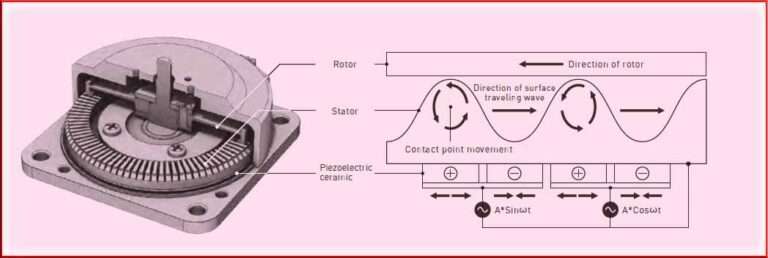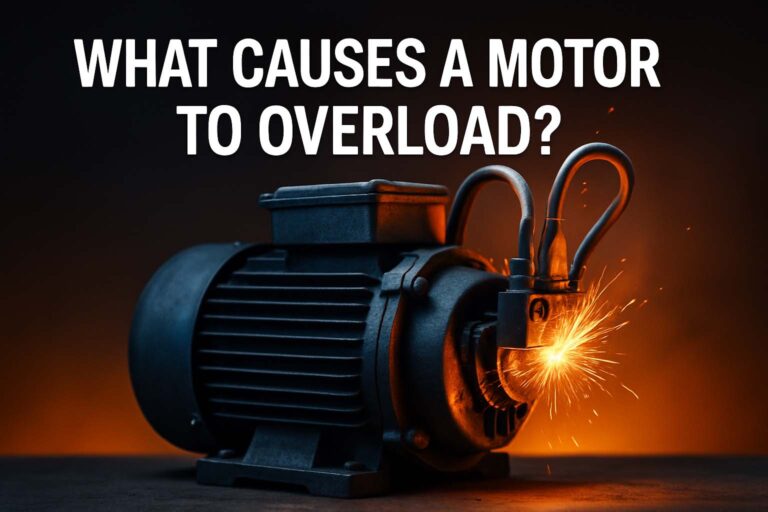Motor Protection Current Transformer: Best Guide
A motor protection current transformer is a vital component used in electrical systems to monitor and protect motors. It plays a key role in measuring current accurately and triggering protection devices when abnormalities occur. Whether it’s an industrial motor, HVAC system, or water pump, motor protection current transformers help prevent damage due to overload, short circuits, and phase imbalances. This article explores its function, types, working principle, technical specifications, and its role in ensuring motor reliability.

Motor protection is essential in any system that involves rotating machinery. Motors are costly and sensitive. They require continuous monitoring to detect faults early. A current transformer, or CT, is the most reliable solution for current sensing in motor circuits.
What is a Motor Protection Current Transformer
A motor protection current transformer is a device that steps down high motor current to a lower, safer level. This reduced current can be measured and monitored by protective relays, meters, and control circuits. The CT helps isolate the measuring system from the high-voltage motor circuit.
Current transformers are especially useful when working with large motors that draw hundreds of amps. Connecting monitoring equipment directly to such a system would be unsafe and impractical.
The CT outputs a scaled-down replica of the motor’s actual current. This information is then used to trigger alarms, trip breakers, or shut down the motor if needed.
Why Motors Need Protection Using Current Transformers
Motors face several electrical and mechanical stresses during operation. These include:
- Starting current surges
- Overloading
- Phase loss
- Ground faults
- Voltage imbalance
A motor protection current transformer helps detect these issues early. It works together with protective relays to disconnect the motor from the supply when faults are detected. This prevents further damage, reduces maintenance costs, and extends motor lifespan.
Unlike standard overcurrent protection, CT-based protection is precise and reliable. It allows selective coordination and faster response.
Types of Motor Protection Current Transformers
There are various types of CTs used in motor protection. Each is designed for specific functions and installation requirements.
1. Ring-Type Current Transformer
This is the most common type used in motor control centers (MCCs). The motor conductor passes through the center of the CT. It’s easy to install and provides excellent accuracy.
2. Window-Type Current Transformer
Similar to ring-type but with a square or rectangular opening. It’s used where space is tight or where multiple conductors pass through the CT.
3. Bar-Type Current Transformer
This type has a built-in primary bar, and it is directly connected in series with the motor supply line. It’s preferred for high-current applications.
4. Split-Core Current Transformer
Designed for retrofitting on existing systems without disconnecting cables. Its core can open and close like a clamp.
Each of these has a unique role in motor protection current transformer applications. Choosing the right type depends on the motor size, installation layout, and precision required.
Working Principle of a Motor Protection Current Transformer
The CT operates on the principle of electromagnetic induction. The primary winding is the motor conductor carrying high current. The secondary winding has many turns and is connected to the protective relay.
When current flows through the primary, it induces a current in the secondary winding. This secondary current is proportional to the primary current, based on the CT ratio. For example, a 100:5 CT means 100 A in the primary equals 5 A in the secondary.
Protective devices use this signal to detect overcurrent, undercurrent, or ground faults. Based on the set threshold, the system decides whether to continue operation or initiate shutdown.
Technical Parameters of Motor Protection Current Transformers
Here are key specifications and what they mean:
| Parameter | Description |
|---|---|
| CT Ratio | The ratio of primary current to secondary current (e.g., 200:5) |
| Accuracy Class | Defines the precision (e.g., 0.2, 0.5, 1.0) |
| Burden | Maximum load (in VA) the CT can drive without loss of accuracy |
| Knee Point Voltage | Important for protection CTs, defines saturation limit |
| Insulation Class | Voltage insulation capacity (e.g., 600V, 1000V) |
When selecting a motor protection current transformer, consider the expected full-load current, system voltage, and required precision. Improper sizing can lead to false trips or missed faults.
Applications of Motor Protection Current Transformer
These transformers are used across multiple sectors where motors are critical. Applications include:
- Industrial motor control centers
- HVAC systems
- Agricultural irrigation systems
- Water treatment plants
- Elevators and escalators
- Mining equipment
In each case, motor protection current transformers ensure that motors run efficiently and are protected from electrical faults. These transformers integrate with Motor Protection Circuit Breaker Applications to form a complete protection scheme.
Installation Guidelines for Motor Protection Current Transformer
Proper installation is crucial for performance. Follow these guidelines:
- Always install the CT on the supply side of the motor.
- Ensure correct polarity (marked P1 and P2 for primary, S1 and S2 for secondary).
- Short the secondary terminals if not connected to a load to avoid high voltages.
- Use shielded cables for secondary connections.
- Match the CT rating with the motor’s full-load current.
Testing after installation is also vital. Verify the ratio, insulation, and burden compatibility. A wrongly wired CT can damage the relay or lead to malfunction.
CT Ratio Selection for Motor Protection
Selecting the correct CT ratio is essential. Here is a simple guideline:
| Motor Power (kW) | Full Load Current (A) | Suggested CT Ratio |
|---|---|---|
| 5 kW | 10 A | 25:5 |
| 15 kW | 30 A | 50:5 |
| 50 kW | 90 A | 100:5 |
| 100 kW | 180 A | 200:5 |
You can refer to Motor Circuit Protection Tables to find motor current values and appropriate CT ratios. These tables help in making accurate selections based on the motor’s power rating and voltage.
Integration with Protection Relays
A motor protection current transformer is only part of the protection system. It works with relays that analyze the secondary current and respond accordingly. These relays can detect:
- Overload
- Short circuit
- Earth fault
- Negative sequence
- Locked rotor condition
Modern digital relays offer programmable settings, event recording, and remote monitoring. Integration is simple, and many are compatible with building management systems (BMS) or SCADA.
Role in Energy Monitoring and Management
In addition to protection, CTs provide valuable data for energy monitoring. Measuring motor load current helps calculate power consumption, efficiency, and demand trends.
When connected to energy meters, motor protection current transformers offer insights into operational performance. This data helps in predictive maintenance and system optimization.
Especially in systems using multiple motors, such monitoring ensures balanced operation and reduces energy losses.
Common Issues and Troubleshooting
Some issues faced with CT-based motor protection:
- Open CT secondary: Can cause dangerously high voltages
- Saturated core: Leads to distorted signals and incorrect tripping
- Polarity reversal: Causes incorrect current readings
- Loose connections: Intermittent faults or non-operation
Regular inspection, proper wiring, and using tested components can reduce these risks. Always use protective CTs designed for the specific motor application.
CTs in Single Phase and Three Phase Systems
In three-phase systems, three CTs are typically used—one per phase. This provides accurate measurement and protection across all phases. In single-phase systems, a single CT is sufficient.
If you’re working on motor sizing, tools like a Single Phase Motor Cable Size Calculator help determine appropriate cable and CT sizes. This ensures that both protection and wiring are optimized for the application.
Future Trends in Motor Protection Using CTs
The future of motor protection current transformer technology lies in smart monitoring and digital integration. Newer CTs come with:
- Wireless communication
- Digital output
- Embedded diagnostics
- IoT compatibility
These smart CTs can communicate with cloud platforms for remote monitoring. They help identify potential failures before they occur, reducing downtime and improving reliability.
Conclusion
A motor protection current transformer is an essential element in motor safety and energy monitoring. It ensures motors operate within safe limits by providing accurate current data to protective devices. From small single-phase pumps to massive industrial motors, CTs play a silent but critical role.
Understanding CT types, sizing, applications, and installation practices ensures proper motor protection. With trends moving toward smart systems, CTs will continue to evolve, offering even more value in industrial automation and control.
Follow Us on Social:
Subscribe our Newsletter on Electrical Insights to get the latest updates in Electrical Engineering.
#MotorProtection, #CurrentTransformer, #CTProtection, #ElectricalEngineering, #MotorSafety, #PowerSystems, #TransformerProtection, #IndustrialAutomation, #ElectricalSafety, #CTApplications, #EnergyMonitoring, #ProtectiveRelays, #ElectricalDesign, #MotorControl, #SmartProtection




